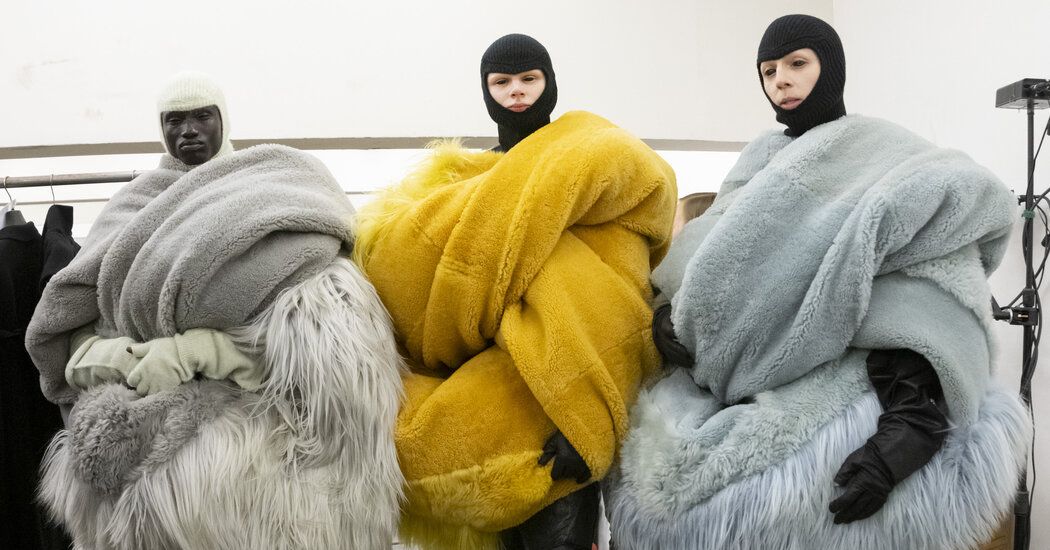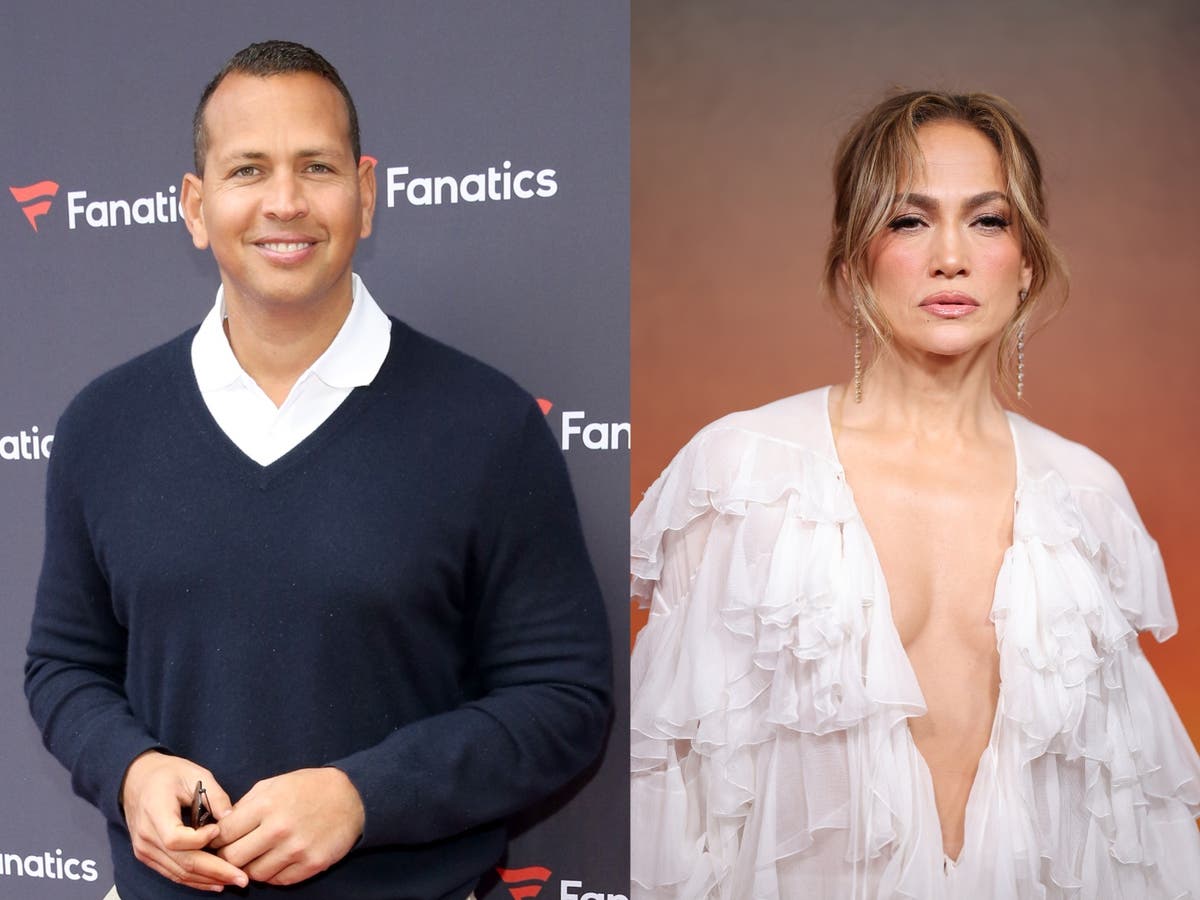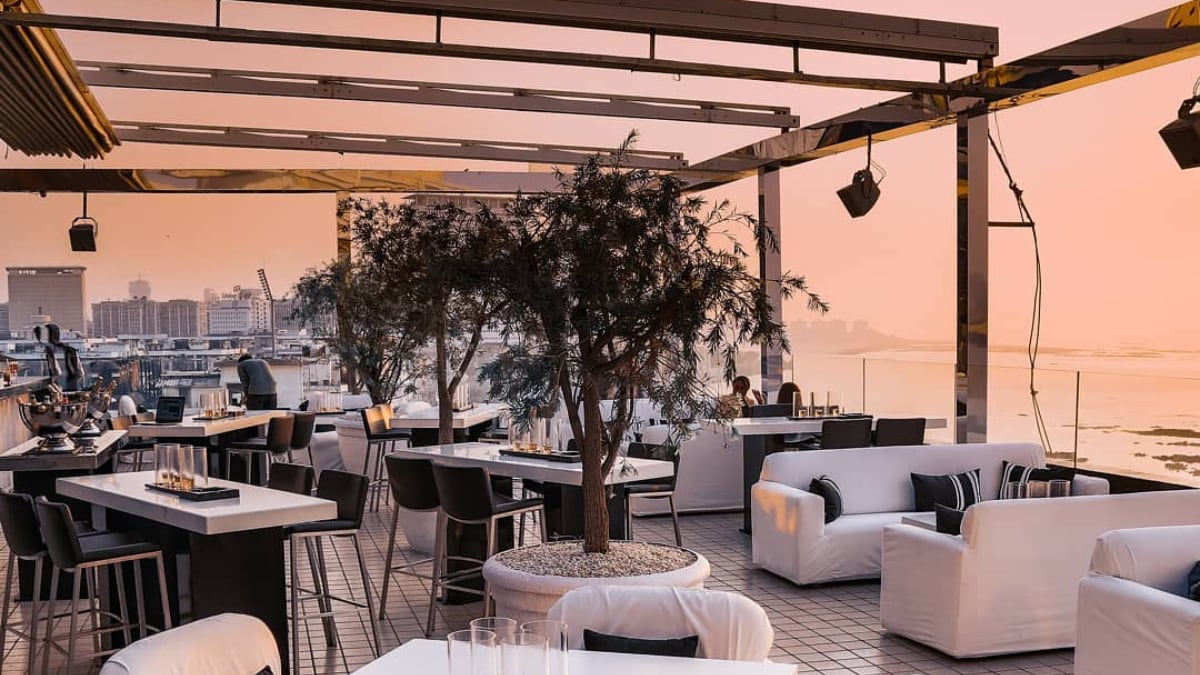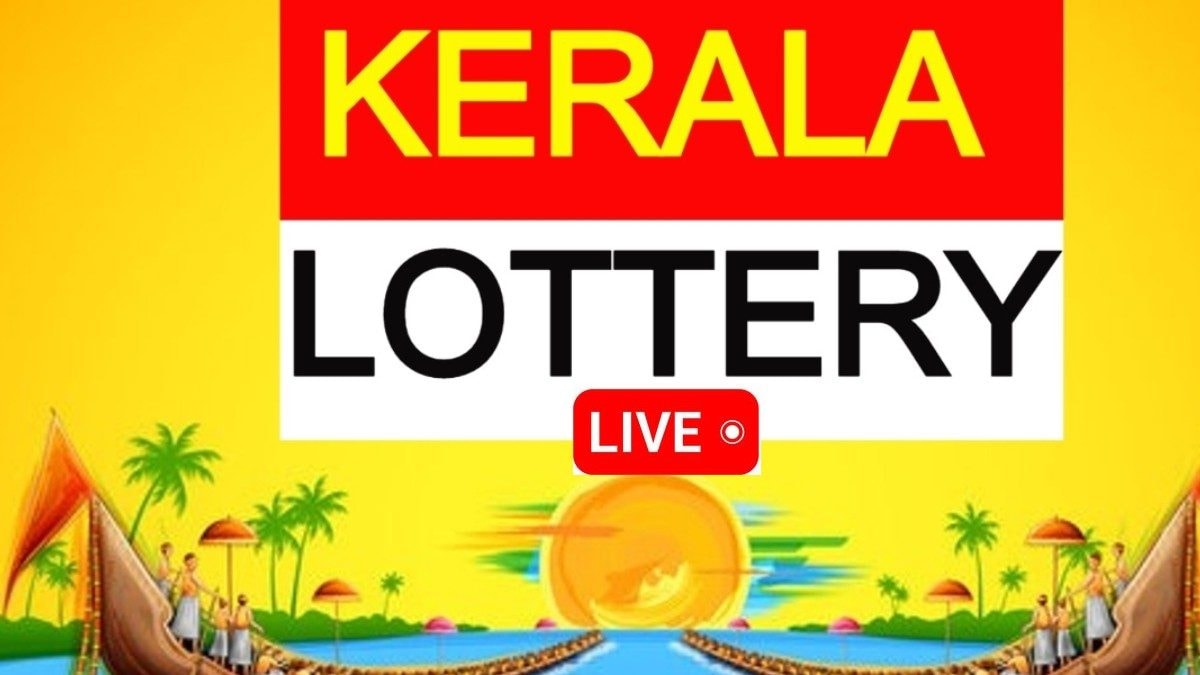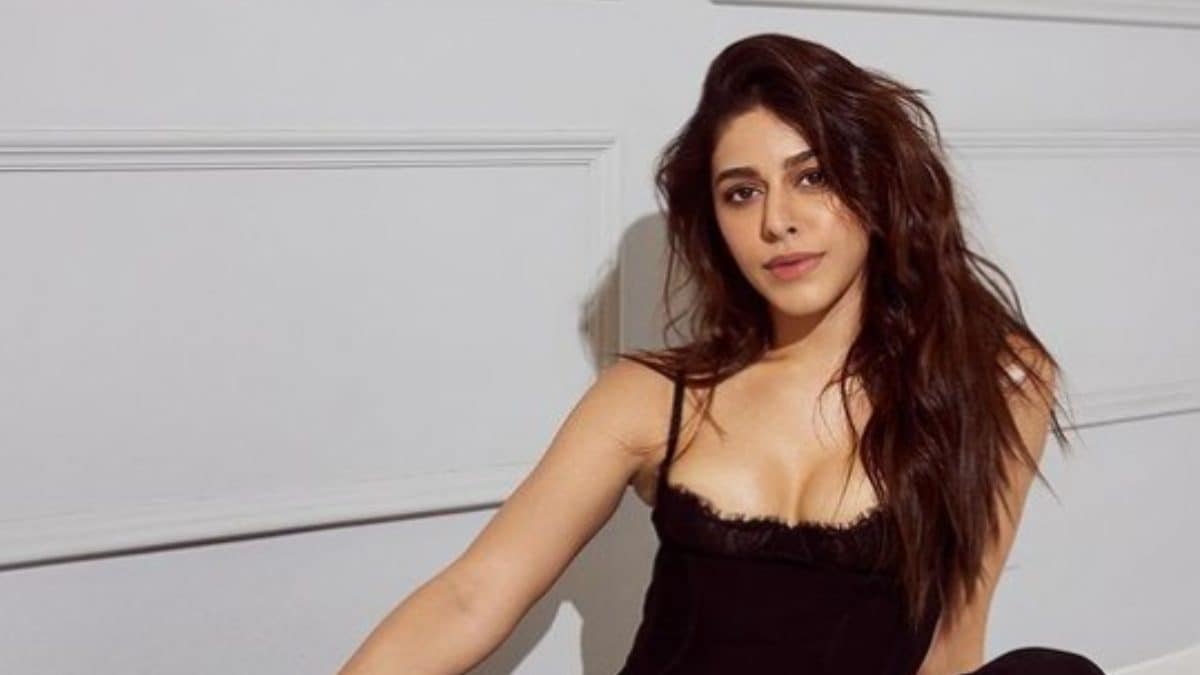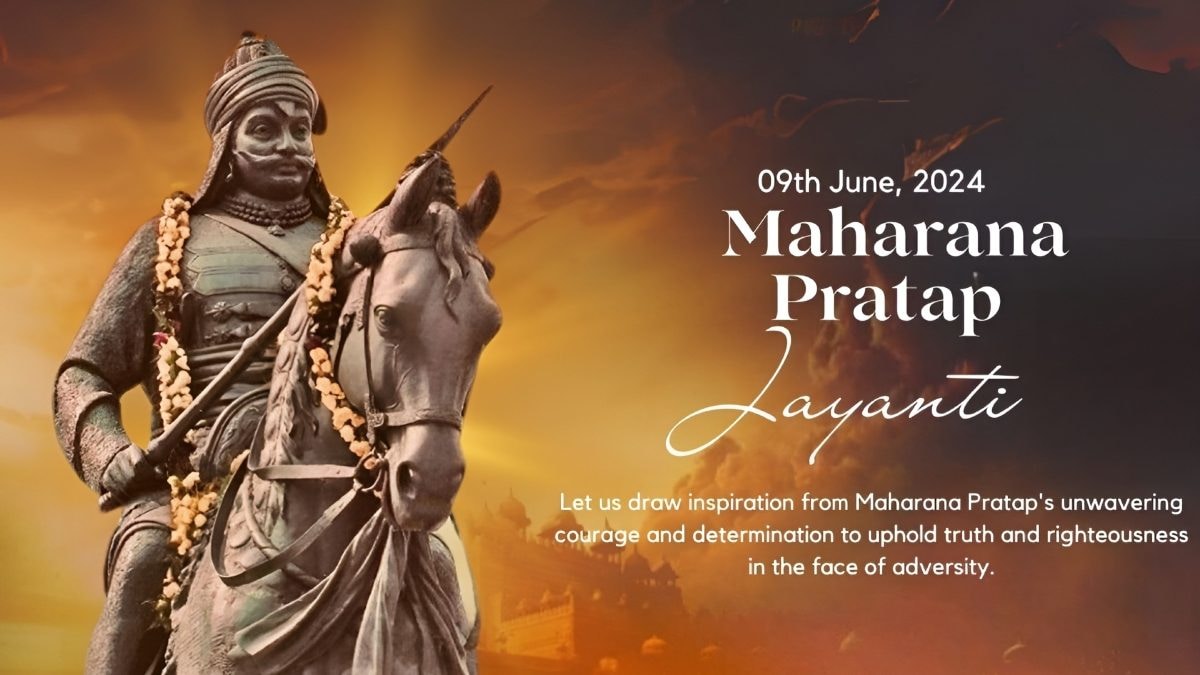Am I that guy? The question is both vexing and inescapable if you follow the menswear circuit, as I did recently: attending approximately 50 shows or presentations held in settings as disparate as school auditoriums, gilded ballrooms, and construction sites where details like fire safety are, at best, theoretical.
Walking through Milan and Paris, I joined the crowd of those dedicated to tracking down the latest releases from designers who often have little in common other than the need to make clothes for masculine-looking human beings. Like them, I enjoyed the free time scrolling through the quick takes on social media, all those posts from witty boobbirds who alternate between supporting their favorite designers and celebrities and mercilessly throwing them under a bus. (And truth be told, Blakely Thornton, Kim Kardashian's Balenciaga era was probably nothing more than an expensive “Power Rangers” cosplay.)
However, it seemed important to keep in mind the powerful economic driver that menswear continues to be. It was also useful to remember how, even during the deepest crisis of the Covid-19 stagnation, which apparently half the world spent dressed in some variant of prison garb, the global menswear market advanced so exuberantly that its estimated value in 2022 was of $571 billion, according to industry analysts Market Research Future. By some measures, that growth will increase over the next decade to $988 billion.
However, another question emerges from the first, a corollary of whether one is that guy. If not, do I want to become him?
As a critic, I think about this a lot and rarely more focused than during the recent menswear season, which concluded Sunday in Paris after a series of superlative presentations. The best, by far, came from Rick Owens, who continued his inventive explorations of dystopian futures and the evolution of body morphology with things like inflatable boots, columnar coats, straitjacket capes with enveloping volumes (and, as always, lots of commercial fabrics to use during the end times.)
Jonathan Anderson with his range of raunchy leathers, his Candyland coats and his cartoon prints at Loewe were not to be underestimated; an elegant display of plutocratic clothing by Véronique Nichanian at Hermès; and an unusually austere and soothing monochromatic presentation by Comme des Garçons.
There was a promising debut by Maria Koch at the newly founded luxury brand 032c (shown in models that made '90s waifs look portly) and a Grace Wales Bonner show that left one truly perplexed. This designer's work is so thoughtful and balanced overall, so legitimately rooted in diasporic cultures that it seems illogical that she, in some sense, remains under the radar.
The whole round began earlier, as the year progressed, with a deceptively unattractive show by Todd Snyder at Pitti Uomo, the menswear fair in Florence.
Although I wasn't able to attend Snyder's show in person, I watched the video afterwards and was once again convinced that this Iowa-born designer is the rightful heir to the Ralph Lauren mantle. Mr. Snyder (and his collaborator, former GQ style eminence Jim Moore) is the ideal man to play the Pied Piper to consumers looking to upgrade their style without looking like rodeo clowns or Steve Urkel (with due respect to high pants). worn with rainbow suspenders).
It's not so much about the thick shearling coats, jumpsuits and painterly fabrics that Snyder produces but how he combines the elements. Both a stylist and a designer, he's the trusted friend who will tell you the truth when you ask him if those pants make your butt look too big. He'll guide you when you're in doubt about whether to wear your rubber boots outside your jeans, try a half-up sweater, or tie a contrasting belt over a hunter coat that resembles a “McCabe & Mrs. Miller” accessory and button it up. with a carabiner. . He comes from where the tall corn grows and is honestly there to help.
This is not always a given in fashion. It certainly hasn't been that way in recent seasons, when it was often unclear what the designers had in mind or even if they were even interested in making and selling clothes at all. I'm thinking specifically of Louis Vuitton, where under the creative direction of Pharrell Williams, the relatively sedate fashion shows of the past have quickly become spectacles so opulently expensive that, even by the standards of fashion as entertainment, a viewer can feel less competitor. than a clumsy spectator who has stood in the way of a giant. It's me? that boy?
For this, his second foray into Vuitton, Williams took a big leap for a designer at the most French of brands and took us on a bewildering adventure in the American West. Of course, the question is always whose West. “When you see cowboys portrayed, you only see a few versions,” Williams explained in a post-show briefing. “You never get to see what some of the original cowboys were like,” he said, referring to Native American and black cowboys.
The artist-turned-designer collaborated with and imported artists from the Lakota and Dakota nations to Paris. He used music that he composed with Lakota Hokie artist Clairmont and that was performed, against a vast photographic panorama of red rock hills, by Mumford & Sons and a group called Native Voices of Resistance.
But then he left us to deal with the emotions induced by a parade of “western wear” that included handmade cowboy boots, hand-painted Keepall bags, patchwork sheepskin bags, pixelated “Cowmooflage” patterns printed on jackets of calfskin truckers, leather chaps, 10-gallon hats, turquoise stones riveted on anything and models that resemble glamorous porters carrying wheelbarrows with carved gold Vuitton trunks on board.
Perhaps the last word on the show should go to a prankster who stopped on his way out to survey the crowd at the after-party, sipping champagne, smoking blunts and eating barbecue sandwiches with the LV logo toasted on the buns. “What can you say,?” she asked. “It's 'Toy Story' couture.”

